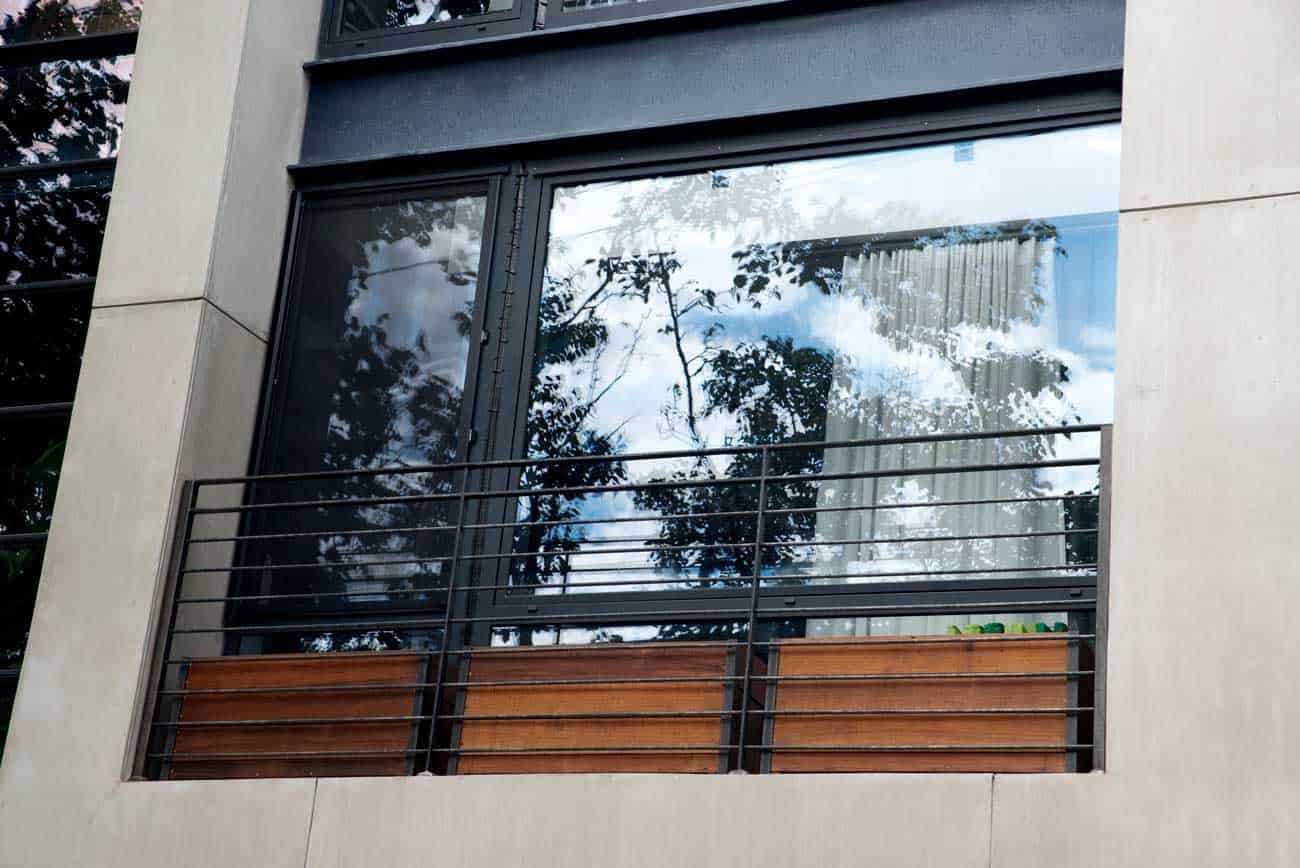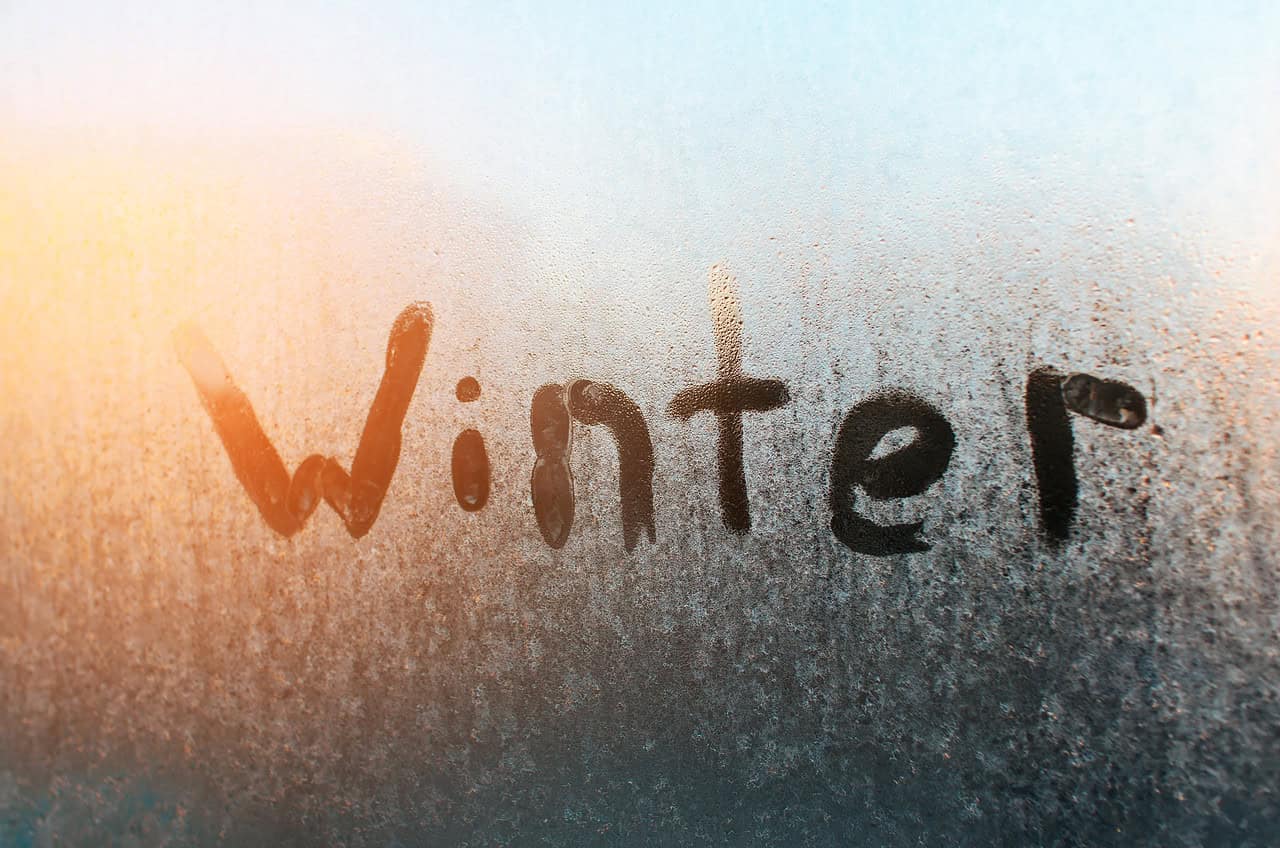
Happy Holidays & Happy New Year!
Thank you for choosing WindowFix. Our office will be closed Wednesday, December 24, 2025 to Monday, January 5, 2026. You can still submit a request online, and we will follow up when we’re back.

Glass performance is a critical consideration in architectural design, particularly when it comes to energy efficiency. Among the key metrics for evaluating glass performance, the U-value, also referred to as the U-factor, stands out as a pivotal indicator.
Essentially, the U-value quantifies the insulating capabilities of glass, gauging the extent of heat transfer or heat loss through the glass due to temperature differentials between indoor and outdoor environments.
Learn more about purchasing energy-efficient windows from the U.S. Departmentof Energy.
Understanding U-values is essential for assessing the effectiveness of insulating glass units (IGUs) in retaining heated or cooled air within a structure. A lower U-value signifies superior insulation, with values typically ranging from 0.1 (minimal heat loss) to 1.0 (significant heat loss). Measurement of the U-value involves determining the amount of British Thermal Units (BTUs) passing through each square foot of area per degree of temperature contrast across the window.
Distinguishing between U-value and R-value clarifies their distinct roles in evaluating building components. While U-value primarily pertains to assemblies like IGUs, R-value is employed for assessing the thermal performance of other elements within the building envelope, such as walls, floors, and roofs.
Notably, U-value and R-value share an inverse relationship—they are mathematical reciprocals of each other. Consequently, lower U-values signify enhanced insulation, while higher R-values denote greater thermal resistance. The conversion between the two metrics involves simple arithmetic: dividing 1 by the U-value yields the R-value, and vice versa.
Derived metrics like summer daytime U-value and winter nighttime U-value offer nuanced insights into glass performance under specific environmental conditions. A lower summer daytime U-value indicates better heat-blocking capabilities, crucial for mitigating solar heat gain during hot periods, thereby enhancing air conditioning efficiency. Conversely, a lower winter nighttime U-value signifies improved heat retention, essential for optimizing heating system efficiency during cold spells.
Enhancing U-values involves employing various strategies aimed at bolstering glass insulation and overall energy efficiency:
The U-value serves as a crucial metric for evaluating the thermal performance of glass in architectural applications. Understanding its significance, along with strategies for improving U-values, is indispensable for achieving energy-efficient building designs and sustainable construction practices.

Thank you for choosing WindowFix. Our office will be closed Wednesday, December 24, 2025 to Monday, January 5, 2026. You can still submit a request online, and we will follow up when we’re back.

Cracked windows? Foggy glass? Drafts or broken frames? Book today and save 10% with code “Winter10”. No hidden fees. No fine print. No gimmicks.
Offer Valid Until Dec 21st, 2025